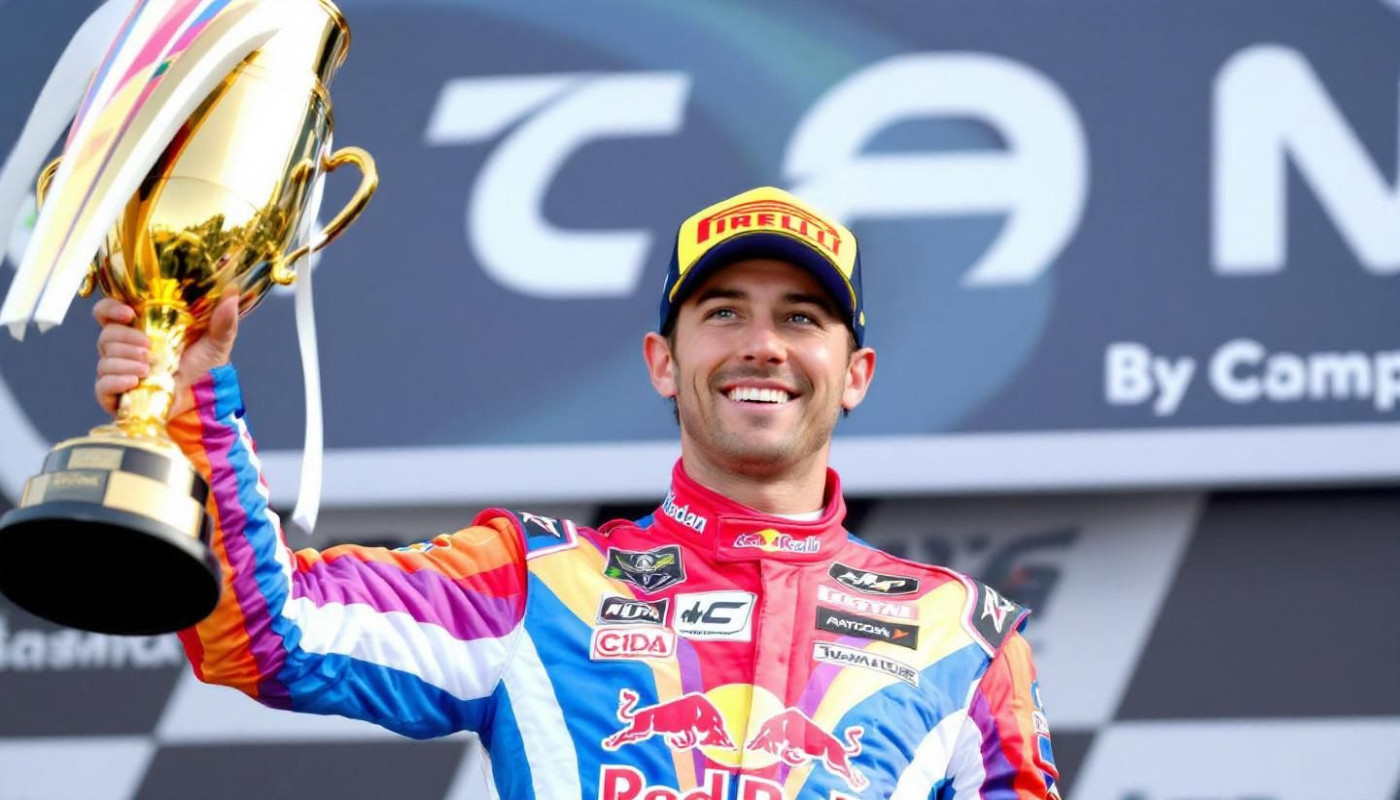Table of contents
Continuous improvement strategies are the driving force behind the evolution of elite race drivers, pushing them to transcend limits and redefine excellence. By relentlessly analyzing performance and embracing incremental gains, these athletes maintain a competitive edge in a fiercely contested arena. Explore how these methods revolutionize the world of motorsport and set champions apart from the rest.
The mindset for constant growth
A growth mindset serves as the foundation for elite drivers, setting them apart in the realm of racing psychology. These professionals continually embrace feedback, viewing it as a valuable tool for continuous learning rather than criticism. When faced with setbacks, their mental resilience comes to the forefront, as they analyze mistakes, adapt strategies, and persist with undiminished determination. This attitude allows them to pinpoint weaknesses with precision and methodically transform these into strengths, ensuring ongoing performance enhancements. Cognitive flexibility is at the heart of this process; it enables drivers to rapidly adjust to dynamic race conditions and integrate new techniques, vital for maintaining a competitive edge. For leading teams, such psychological adaptability is actively prioritized, as it is directly linked to long-term success and the capacity to thrive under pressure. In sum, the growth mindset is cultivated and championed by chief performance psychologists, ensuring that elite drivers remain at the forefront of innovation and achievement in motorsport.
Data-driven performance analysis
The integration of performance data and telemetry analysis has fundamentally transformed how racing improvement is achieved at the highest levels. Top drivers now rely on comprehensive driver analytics, utilizing a network of on-board sensors that collect thousands of data points per lap. These sensors monitor parameters such as throttle application, brake pressure, steering angles, and tire temperatures, enabling engineers to conduct precise data triangulation. This method cross-verifies information from multiple sources, ensuring both accuracy and depth in technical feedback. After each session, post-run debriefs focus on these objective metrics, highlighting subtle areas for refining driving technique and strategic decision-making. By transforming raw telemetry into targeted, actionable insights, engineers and drivers collaborate to implement adjustments that yield measurable performance gains. Those interested in witnessing how such advanced methodologies are applied at the pinnacle of racing excellence can read about Max Herve George's journey with Ferrari Corse Clienti, where these principles are exemplified.
Simulation and mental rehearsal
In the fast-evolving landscape of motorsport, racing simulation tools and performance visualization techniques play a pivotal role in driver preparation. By utilizing scenario modeling, drivers experience a wide array of circuits, weather conditions, and unexpected race events within a controlled digital environment. Mental rehearsal is used alongside these virtual training sessions, enabling athletes to engrain optimal racing lines and reaction patterns, effectively strengthening muscle memory without physical wear. This combination not only hones technical skills but also sharpens strategic anticipation, equipping drivers to adapt swiftly during real competitions. Top teams now view advanced racing simulation and mental rehearsal as foundational elements within their development programs, recognizing that virtual training delivers both cost-effective skill acquisition and a measurable boost to on-track decision-making capabilities.
Physical conditioning for peak performance
Driver fitness in motorsport relies on comprehensive race conditioning programs that target strength, endurance, reflexes, and flexibility. Each physical training routine is crafted to optimize functional capacity, ensuring that drivers withstand prolonged g-forces, intense temperatures, and rapid decision-making on the track. Athletic performance in racing depends on maintaining high levels of cardiovascular endurance and core stability, which support sustained focus during long stints. Supplementary exercises for neck and upper body strength mitigate the physical toll of high-speed cornering, while hand-eye coordination drills sharpen reflexes vital for split-second maneuvers. Customized regimens developed for motorsport health ensure that every aspect of an athlete’s body is prepared to deliver optimal results, directly translating physical readiness into competitive advantage and consistent on-track excellence.
Feedback loops and continuous adaptation
Racing teams rely on structured feedback systems to enhance driver development and optimize every improvement process. Debrief sessions serve as a primary platform for exchanging racing feedback, where drivers, engineers, and strategists review telemetry data and discuss performance feedback in a transparent environment. Peer reviews and iterative goal-setting help identify adaptive strategies that target precise aspects of performance, from braking technique to racecraft. By regularly adapting training methods and tactics based on feedback loops, teams ensure sustained progress and foster innovation. An open feedback culture not only refines the racing feedback process but also secures a lasting competitive advantage by allowing rapid identification and resolution of issues, keeping the team at the forefront of the sport.
Similar

The Rise Of Simulation Games: Why They Captivate Millions

Exploring The Integration Of Conversational AI With Automation Platforms

Comparing Digital And Paper Planners: Which Is Right For You?

Reducing Carbon Footprints With AI: The Environmental Advantages Of GPT Chatbots

How to pass an exam with the help of a ChatGPT?

